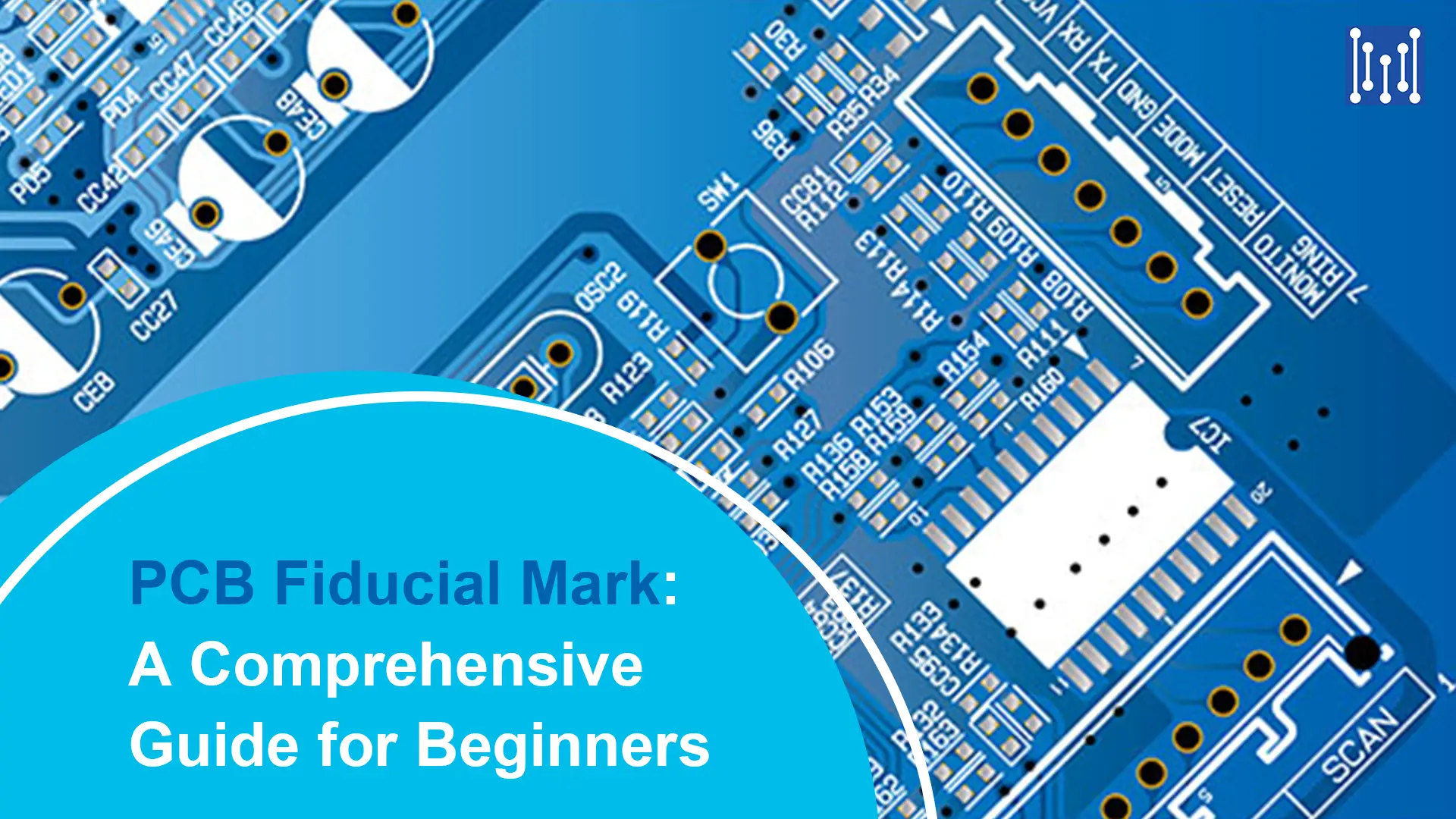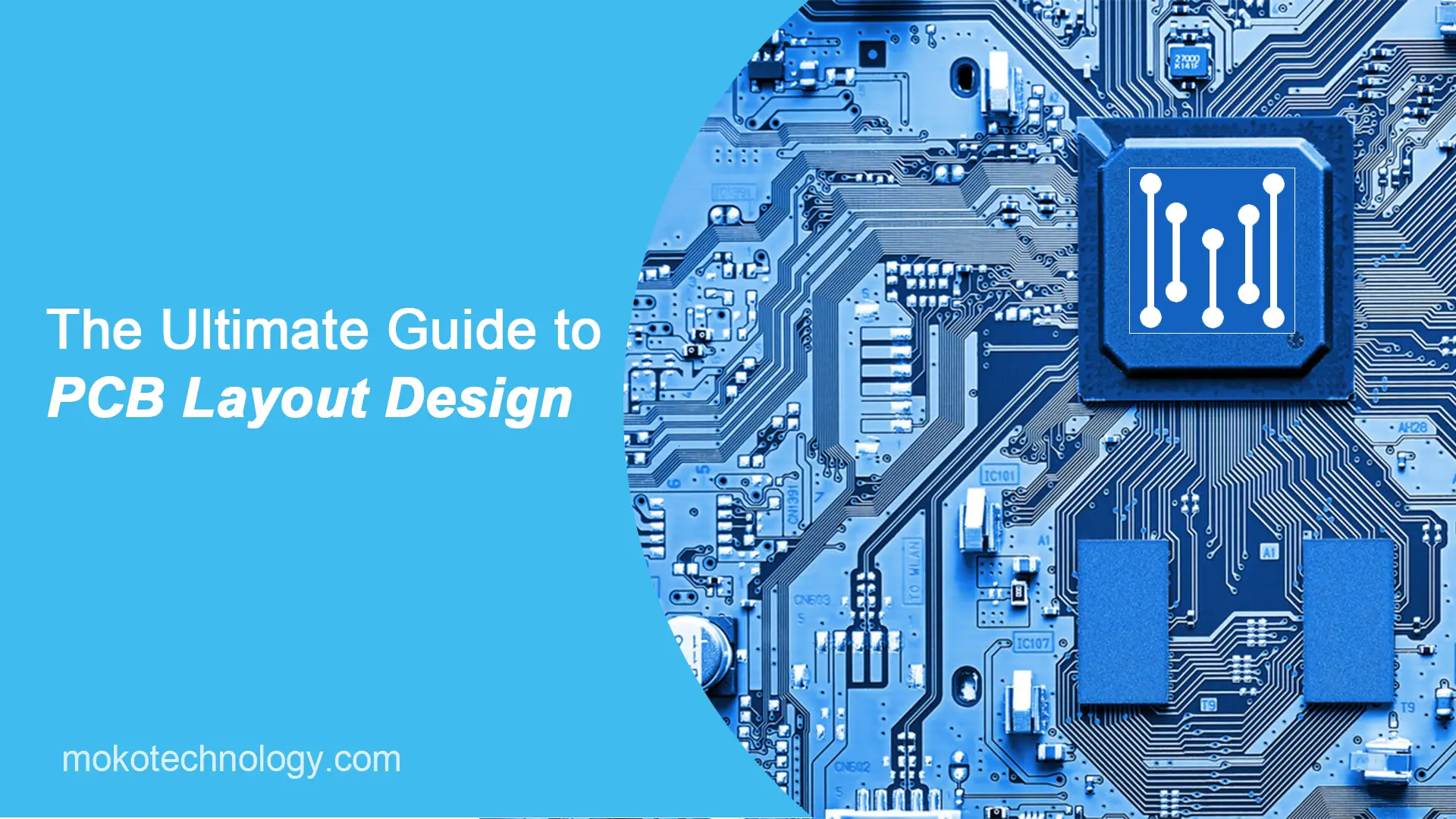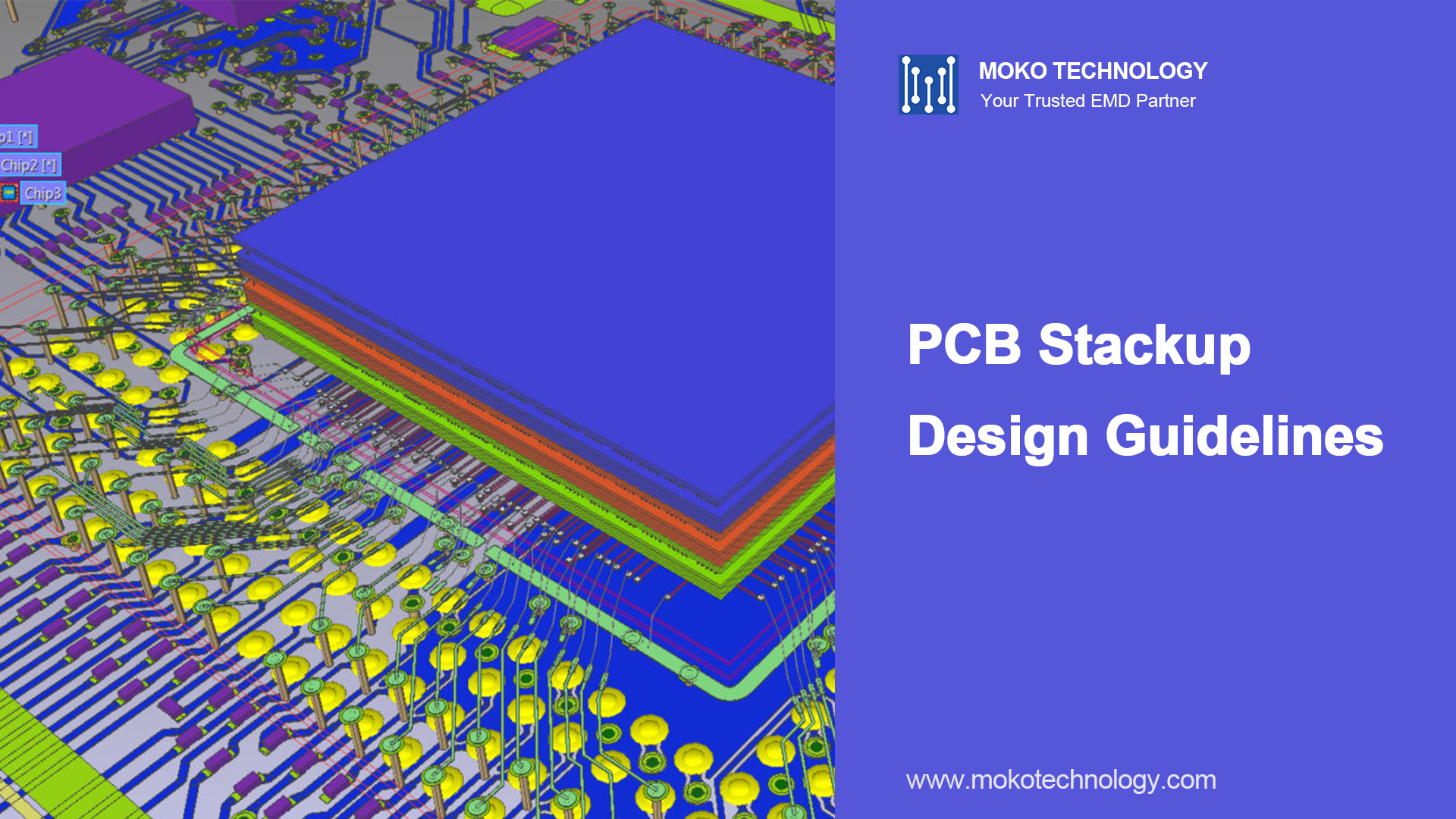- Trace width and trace (or copper) space go hand in hand for a minimum value.
| 4/4 | Impact yield and increase cost |
| 6mille | With very high yield for most PCB houses |
| 8/8 | Meglio |
| 12/12 | Can be made by PCB houses which is even not good at QA |
- What is the finest pitch of parts? If you are using 0.4mm pitch BGA, you will need very narrow traces. Only for THT you will probably use larger traces.
- Designing with a grid.In the days of thru-hole with 0.1″ typical component placement pitch, a grid of 0.025″ make routing easier. These days good PCB software will ‘push and shove’ so grid, and trace width/space becomes not important. I have typically routed on a 1 mil grid. Guess how does this effect trace width? The trace + space will equal your grid setting.
- The most important factors are current carrying requirements and integrità del segnale. You need wider traces for higher current. Use a PCB calculator to determine your requirements or look to an IPC standard. For signal integrity, if you need controlled impedances the trace width will be a critical factor.
- Last is spessore del rame.If you use 1/2 oz, 1 oz, 1 1/2 oz, 2 oz, 3 oz, or even higher, the spacing and minimum trace with will increase. Etching is not limited to vertical removal of copper so the PCB manufacturer will have to edit your Gerber (or other) file to compensate.
Leggi di più: Comprensione dei diversi tipi di pacchetti BGA
#Progettazione PCB



